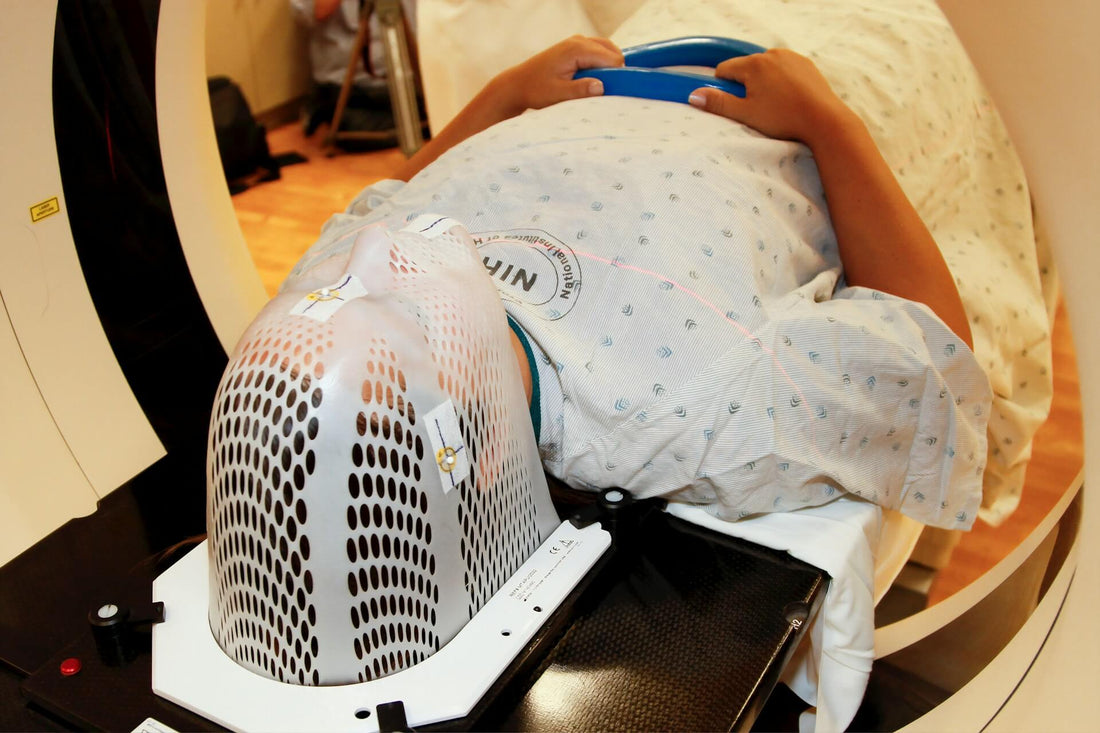Nipple piercings are a type of body modification that involves piercing the skin around the nipple to insert jewelry. This form of body art has been practiced for centuries and is popular among individuals looking to express their personal style and enhance their appearance. Nipple piercings can be a bold statement or a subtle adornment, depending on the individual's preference and the type of jewelry chosen.
Nipple piercings, like other types of body piercings, can pose risks when undergoing certain medical procedures, such as magnetic resonance imaging (MRI). It is important for individuals with nipple piercings to understand the potential safety concerns and precautions that need to be taken to ensure a safe and successful MRI procedure. MRI machines use powerful magnets to create detailed images of the body, and metal objects in or on the body can interfere with the imaging process and pose a risk to the individual's health.
MRI Safety Concerns for Nipple Piercings
Risk of migration or movement during scan
One of the main concerns with nipple piercings during an MRI is the risk of migration or movement of the jewelry during the scan. The strong magnetic field of the MRI machine can cause metal objects to shift or be pulled towards the machine, potentially causing discomfort or injury to the individual.
Additionally, there is a risk of the jewelry heating up during the scan, which can also lead to burns or other complications. It is important for individuals with nipple piercings to discuss these risks with their healthcare provider and follow any recommended precautions, such as removing the jewelry before the procedure.
Potential for burns or discomfort
Potential for burns or discomfort during the MRI scan is not the only concern for individuals with nipple piercings. There is also a risk of the jewelry interfering with the imaging process, leading to inaccurate results. This can have serious consequences for the individual's health and treatment plan. It is crucial for healthcare providers to be aware of any piercings and for patients to communicate openly about their body modifications to ensure a safe and effective imaging process.
Metal interference with imaging quality
Metal interference with imaging quality is a common issue in MRI scans, and nipple piercings are no exception. The metal in the jewelry can create artifacts on the images, making it difficult for healthcare providers to accurately diagnose and treat any underlying conditions. In some cases, the presence of metal in the body can even pose a safety risk during the MRI scan.
It is important for individuals with nipple piercings to discuss this potential risk with their healthcare provider before undergoing the procedure to ensure that appropriate precautions are taken.
Preparing for an MRI with Nipple Piercings
Informing healthcare provider about piercings
Before undergoing an MRI with nipple piercings, it is crucial to inform your healthcare provider about the presence of the piercings. This information will allow them to take necessary precautions to ensure your safety during the scan.
Additionally, they may provide specific instructions on how to prepare for the MRI, such as temporarily removing the jewelry or using non-metallic alternatives. By communicating openly with your healthcare provider, you can help ensure a smooth and safe imaging experience.
Discussing concerns with MRI technologist
If you have any concerns or questions about the MRI procedure, don't hesitate to discuss them with the MRI technologist before the scan begins. They are trained professionals who can address any worries you may have and provide reassurance about the process.
It's important to feel comfortable and informed before undergoing any medical procedure, so don't be afraid to speak up and voice any concerns you may have. Your well-being is their top priority, and they are there to support you every step of the way.
Removing jewelry before scan
Before the MRI scan begins, it is important to remove any jewelry or metal objects that could interfere with the imaging process. This includes earrings, necklaces, bracelets, watches, and even body piercings. These items can cause distortion in the images and may need to be taken off before the scan can proceed.
Additionally, any metal objects on your clothing, such as zippers or snaps, should also be removed to ensure the accuracy of the results. The technologist will provide a secure place for you to store your belongings during the scan, so you can rest assured that your personal items will be safe and easily accessible after the procedure.
Conclusion
It is important to follow the technologist's instructions carefully to ensure the best possible imaging results and to minimize any potential risks or complications. By removing all metal objects, including jewelry and clothing accessories, you can help to ensure the accuracy of the scan and prevent any interference with the imaging process. The technologist will provide a secure place for you to store your belongings during the scan, allowing you to focus on the procedure without worry. In conclusion, taking the necessary precautions before a scan can help to ensure a successful and safe imaging experience.

